WAR GRAVE
ROBERT SIMPSON SHAW (grave 59)
FLYING OFFICER
1518 BATF
ABOUT MY LIFE
Born: 27th August 1918
Died: 4th November 1942
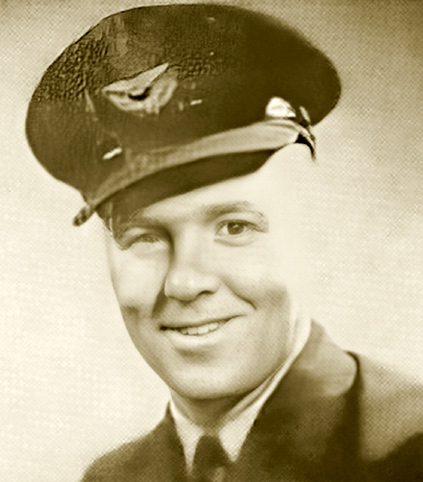
I was the son of Frederick Syer Shaw and Nina Leora Shaw, of Gainsborough, Saskatchewan, Canada. In civilian life I had been a farm labourer.
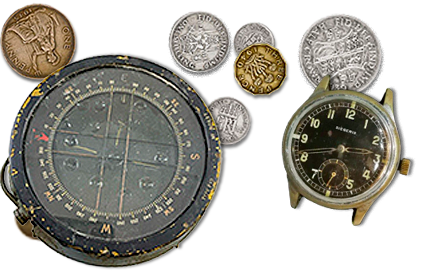
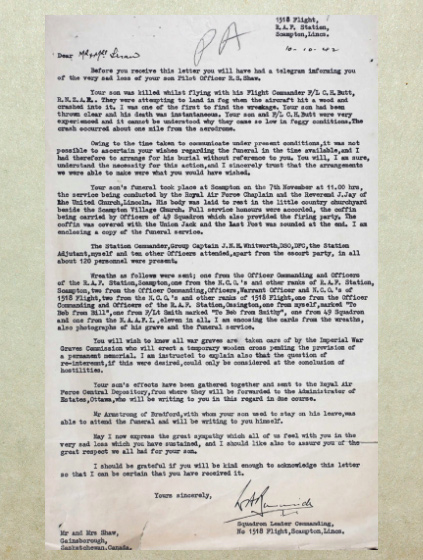
The letter every Squadron Commander dreaded writing.
MY AIRCRAFT
The Airspeed Oxford was a very widely used twin-engine training aircraft during World War 2. It first flew on 19th June 1937 and remained in RAF service until 1956, with 8751 being built over that period.

MY ROLE
I was one of two pilots on board this aircraft. I was the student pilot learning how to use the Beam Approach system to make landings when the weather was so poor that you can’t see the runway.
MY SQUADRON
1518 Beam Approach Training Flight had formed at Scampton less than 5 months earlier, to train pilots in a new electronic aid which would allow them to safely land their aircraft when they could not see the runway.
The system transmitted a narrow beam out from the centreline of the runway, a receiver set on board the aircraft, codenamed Rebecca, translated this signal into an audible Morse tone, which the pilot could use to line himself up on the runway.
If the pilot was one side of the runway he would hear dots and if he was on the other he would use dashes. The intensity of these signals would tell him how far he was from the centreline.
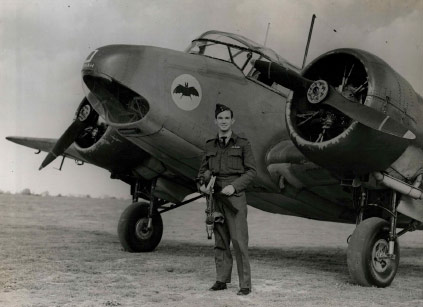
A Pilot standing in front of an Oxford belong to the Beam Approach Training Flight complete with the units bat motif (BATF).
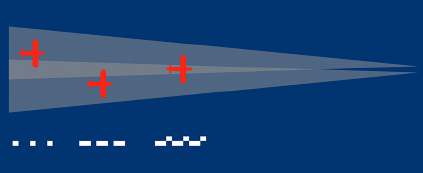
THE ACCIDENT
The weather at Scampton was very poor and as one of the flight’s most experienced pilots, I was asked to conduct a weather flight. The idea of this flight was to get airborne and find out just how bad the weather was and whether there was any possibility of conducting other training flights; after all, the whole point of the Beam Approach Training Flight was to teach pilots to land in very bad weather.
Together with my student Robert Shaw, we got airborne in Oxford AT663, but it soon became apparent that the Beam Approach set was not working properly and we contacted the control tower to inform them of our problem. With a landing at Scampton now impossible, they advised us to fly further south, where the weather was much better, and land at either North Luffenham or Bircham Newton which were both fit for visual landings.
Our aircraft was heard flying overhead Scampton and the control tower fired two maroons, possibly to assist us in locating the airfield. Shortly afterwards, our aircraft was heard to make an approach, but we were well off the runway centreline. At 14:30hrs we crashed close to Grange Farm in Brattleby, there were no survivors.
Our commanding officer had this to say in the subsequent investigation of our crash:
“This pilot was a very experienced Beam pilot in whom I had complete faith. It is beyond my comprehension why he came down so low as to hit the trees knowing the visibility was bad. Had he flown south he could have landed normally in good visibility.”
The full circumstances of this accident were never fully investigated and the authorities were quick to blame the pilot. However, it is entirely possible that the beam approach set began to work again, only to fail at the last vital moment, we shall never know.
CASUALTIES – 4TH NOVEMBER 1942
Fg Off Robert Shaw (Student Pilot) (Buried Scampton)
Flt Lt Charles Butt (Instructor Pilot) (Buried Scampton) MORE
ON THIS DAY IN WORLD WAR TWO – 4TH NOVEMBER 1942
Guadalcanal, after wiping out a pocket of Japanese resistance, US forces dig defences near Cruz Point.
In North Africe, the German General von Thoma is captured.
Churchill chairs the first meeting of the anti U-boat committee.
